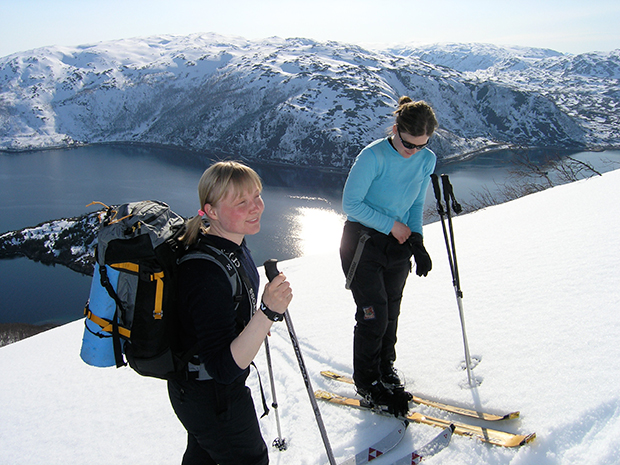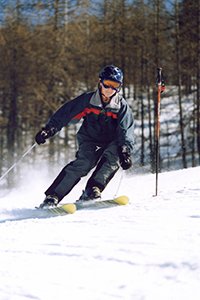Snow’s Coming, Time to Get in Shape Now

By Peter Schmaus, MD
The evenings are becoming crisp, the days shorter, and skiing is no longer a distant memory. You check your equipment, perhaps a bit prematurely; check your edges, your boots, your goggles lens, and pull out the ski wax. Good preparation for your equipment... no doubt, but are you prepared?
Your most important ski season preparation is getting in shape well in advance of that first day on the slopes. It’s best if you remain in shape throughout the year but realistically that does not hold true for all of us. But despair not-there is still hope!
Core, stretching, and posterior chain may be overused words in fitness but not when it comes to ski fitness. This combined with interval training, that is, short bursts of cardiovascular exercise make for the ideal pre-season program and lend themselves to the particular demands of snow sports.

Core, core, core, that’s all we hear about. Well for snow sports the word cannot be repeated too often. We are referring to the muscle groups that are truly at the core or center of the body: back extensors, obliques, and abdominals. Think of these as your natural weight lifting belt and lumbar support. They stabilize and support the spine in all planes and a strong core provides balance and the force required to carve a turn or navigate a field of moguls. Core muscles even support your spine when pulling off your boots at the end of the ski day. Think Swiss ball, back extension, modified crunches, planks and supermen-all can be done in the home without elaborate gym equipment. Do not forget about the simple push up.
Your posterior chain refers to the gluteal muscles, the hamstrings as well as latissimus and back extensors. Think lunges, modified dead lifts, squats, kettle bells and burpees. If your bodyweight does not provide sufficient resistance, this is where you need to add a bit of weight, simple flat plates, kettle bells or even resistance bands will suffice. Then move on to side-to-side exercises, which simulate ski motion. Remember, we move in all four planes.
And don’t forget that skiing, while not an overly aerobic sport does require bursts of cardiovascular performance. That is aside from the long walk uphill through the parking lot with all your equipment. Think interval training, short bursts of maximum output, (provided you are cleared by your physician for strenuous cardiac activity. )
And while you’re at it, try some balance exercises on a balance board. Stand on the balance wobble board while holding two, light free weights. Go through your regimen while remaining balanced on the board. It is not easy, but the benefits of enhanced balance and stability are crucial on uneven terrain.
Following a reasonable regimen in advance of the ski season will allow you to stay injury free and make those days on the mountain more enjoyable and stress free.
See you on the slopes.



